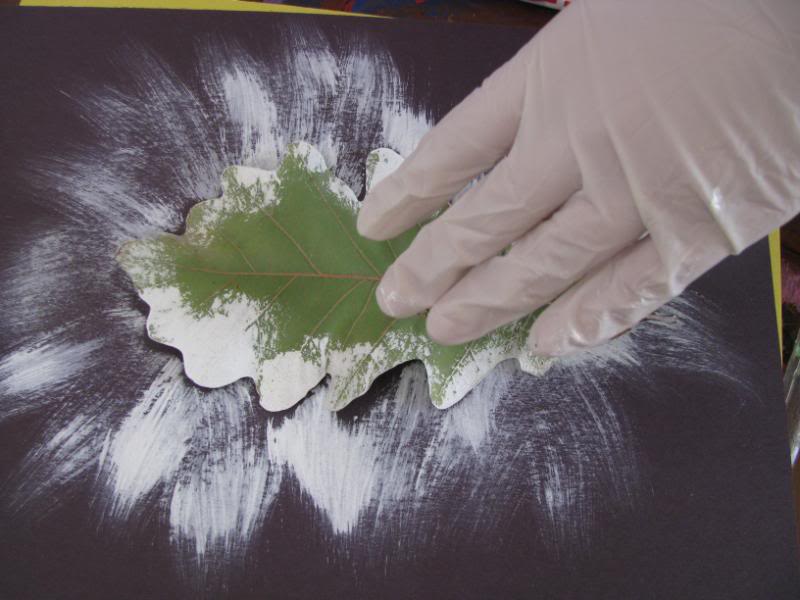Nature Study – Leaves

(This post contains affiliate links and links to my business website, Shining Dawn Books.)
It was COLD in Central KY yesterday
The nature walk part of our nature study was rather short – just a quick trip down to the creek bed to collect a variety of leaves. But once we got home – the learning really began!
A Leaf’s Purpose
We started with a review discussion about the purpose of leaves and why they change colors. After a bit of struggle getting everyone to pay attention during the discussion, I announced there would be a test later in the day. (Yep, that meant I had to come up with some sort of test on leaves! In all that spare time I have, you know. Lucky for me, I was able to find this quiz online.) I don’t do tests very often, but it was just the thing needed today to turn their attention back toward our discussion.
Integrating Math and Nature

Perimeter: Using a few leaves, the kiddos had to find the perimeter of the leaves in inches and centimeters. Yarn and a measuring tape made finding the perimeter easy. Simply wrap the yarn around the edge of a leaf and then use a measuring tape to find the length of the yarn.
Area: Then they had to find the area in square inches and square centimeters. We have one-inch tiles and centimeter cubes
in our stash of math manipulatives – all they had to do was lay the blocks on the leaves. I made sure to talk about the irregular shapes and how this method doesn’t provide an exact measurement of area.

Area: For a slightly more accurate measurement of area, we used centimeter grid paper. You simply trace the leaf and count the full squares inside the leaf. We estimated the half and quarter filled squares to add more area. For instance, if there were two halves, we would count them as one. If there was a square about 3/4 full and another 1/4 full, we combined them as one.

Nature and Art Connection
To end this creative nature lesson, we made leaf bursts to the nature notebooks.

Place a leaf on colored paper. Using tempera paint and a large paintbrush, use a dry brush technique to make short strokes from the leaf outward. A dry brush technique means you dab much of the paint off the brush so that very little paint is pulled across the paper. After you do this all the way around the leaf, pull the leaf up to find a pretty reverse stencil keepsake of your leaf shape.

More Creative Nature Study Ideas for Deciduous Trees
And I bet you’ll enjoy these posts from the past, too:


This is a very useful post. I am waiting for your next post.